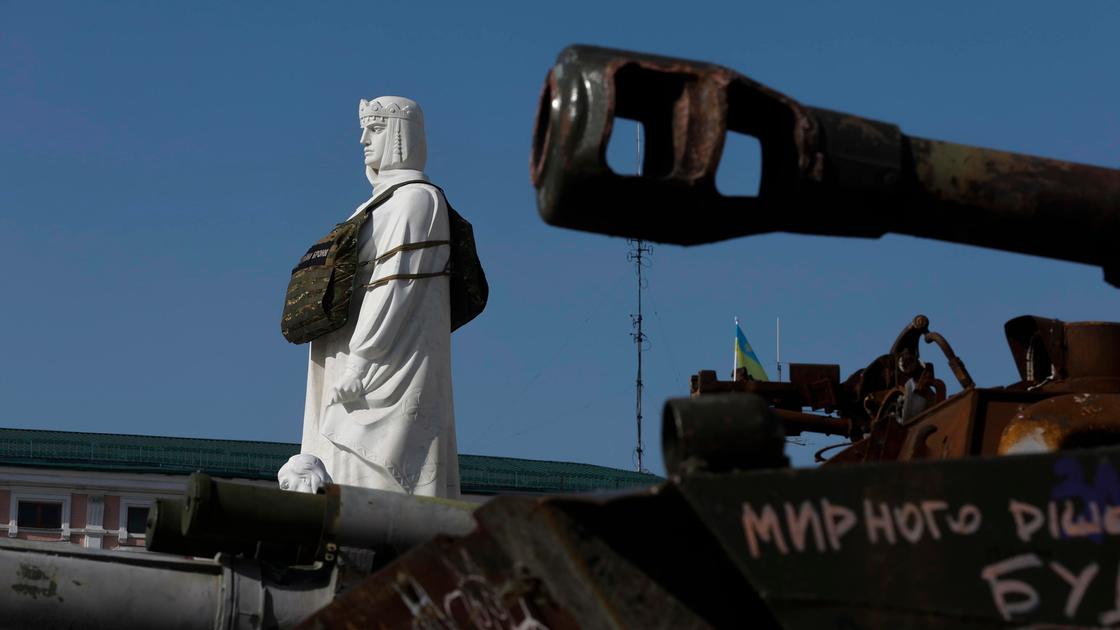Rural agents exercise powers in relation to the protection, custody and cooperation in the management of cultural heritage present in the natural environment. One is within the framework of an agreement with the General Directorate of Cultural Heritage of the Department of Culture, which includes documenting unpublished items or updating information in the databases of the Department of Inventory of Cultural Heritage.
Since 2011, when this collaboration began, rural agents have identified and documented more than 4,000 items that make up the Catalan cultural heritage. Some of these items have not been published, others have partial information, or others have updated existing information.
Source of knowledge
Documenting this cultural heritage spread throughout the natural environment is a fundamental source of knowledge to know how our ancestors benefited from the resources available in the natural environment and how the territory was organized. The documents created by rural agents are the first step to protect and enhance them, as well as to include them in urban planning.

Diverse cultural heritage
The cooperation agreement gives priority to research into pre-industrial elements, documenting their condition and properties. The most common constructions are lime kilns, hydraulic flour or paper mills, tile or brick kilns, putty kilns, ice wells, etc.
Apart from these pre-industrial items, the tasks include other very diverse constructions and structures. The term crosses and memorial crosses is an important group, accounting for 22.88% of the documented items. Next, with 15.14% of the inventories, we find the group of “kilns”, which includes lime kilns, stone kilns, tile kilns, putty kilns, juniper oil kilns, etc. The so-called “water structures” represent 12.85%. Here we find ponds, baths, sinks, cisterns, ditches, etc. Hydraulic flour and paper mills represent 10.54% of the inventories, and “agricultural structures” (dry stone huts, domed cabins, etc.) represent 7.37%.
However, items related to the Spanish Civil War, structures related to livestock or communications, or remains of a military and ecclesiastical nature, are also subject to inventory because they are all part of the Catalan cultural heritage.
All information produced by the Rural Agents Authority is sent to the Cultural Heritage Inventory Department of the Ministry of Culture, which is responsible for processing it and including it in databases.
Archaeological heritage and excavations
Rural agents also ensure the preservation of archaeological and excavation heritage. This heritage has specific characteristics that make it more vulnerable to human actions, especially when they are illegal.
Metal Detectors
Agents carry out inspections of works carried out in the natural environment (earthworks, construction, etc.) as well as other activities that may negatively affect, especially the use of metal detectors, with the aim of preventing the destruction and loss of archaeological heritage.
Archaeological heritage items are in the public domain and are a unique record of the material significance of past societies.
Call for awareness
The Corps of Rural Agents calls for respect for the natural environment and the cultural heritage it contains. Remember that:
• The legislation prohibits the search for archaeological remains or excavations except in the case of authorized intervention.
• If you accidentally find archaeological remains or fossils, whether in the natural environment or as part of an agricultural or forestry work or activity, you must notify the administration.
• If it is possible to avoid it, never extract archaeological remains or fossils from the soil, subsoil or seabed. You need to photograph them, geolocate them and give notice to 112, rural agents or the Catalan Underwater Archaeology Centre (CASC).

“Prone to fits of apathy. Introvert. Award-winning internet evangelist. Extreme beer expert.”



